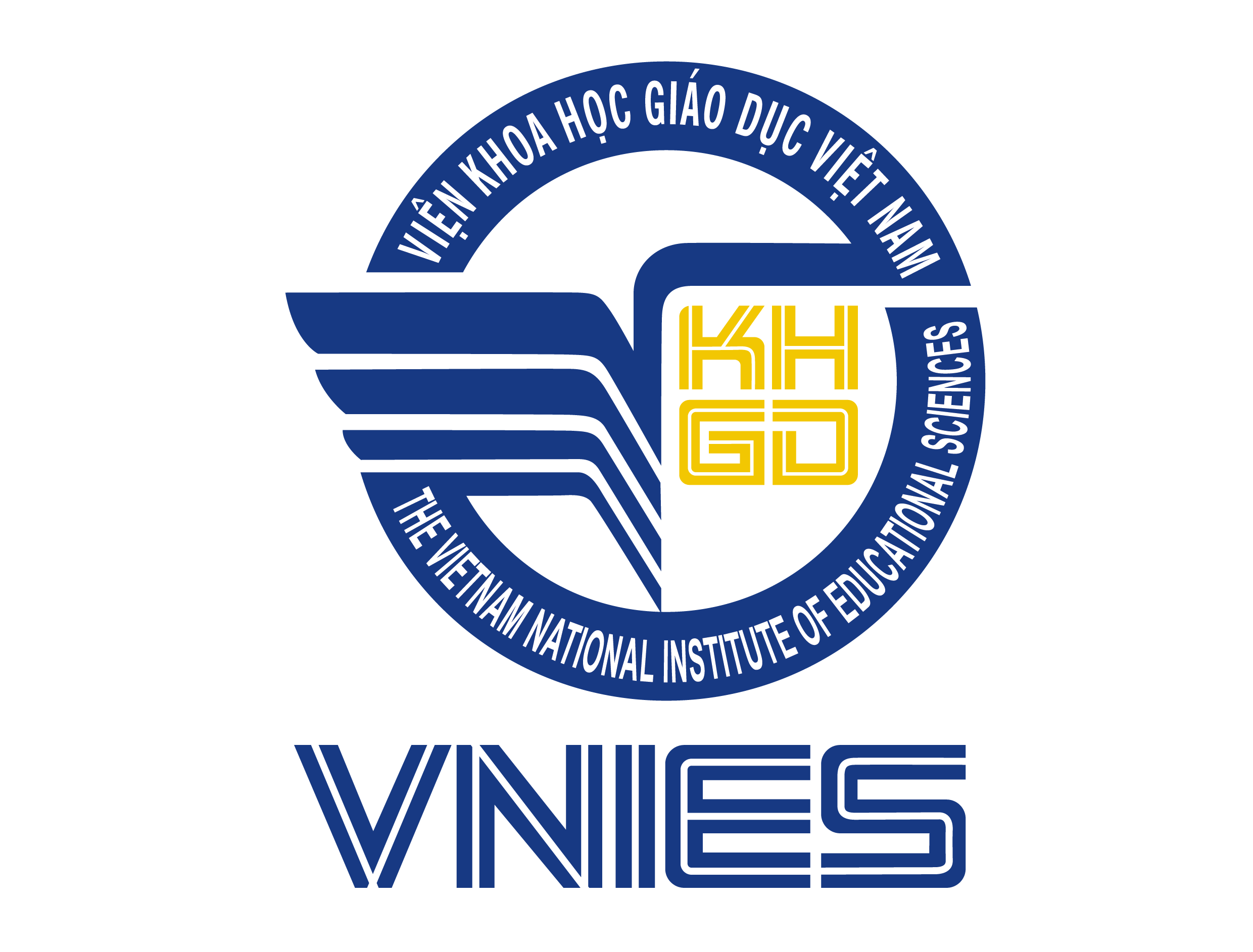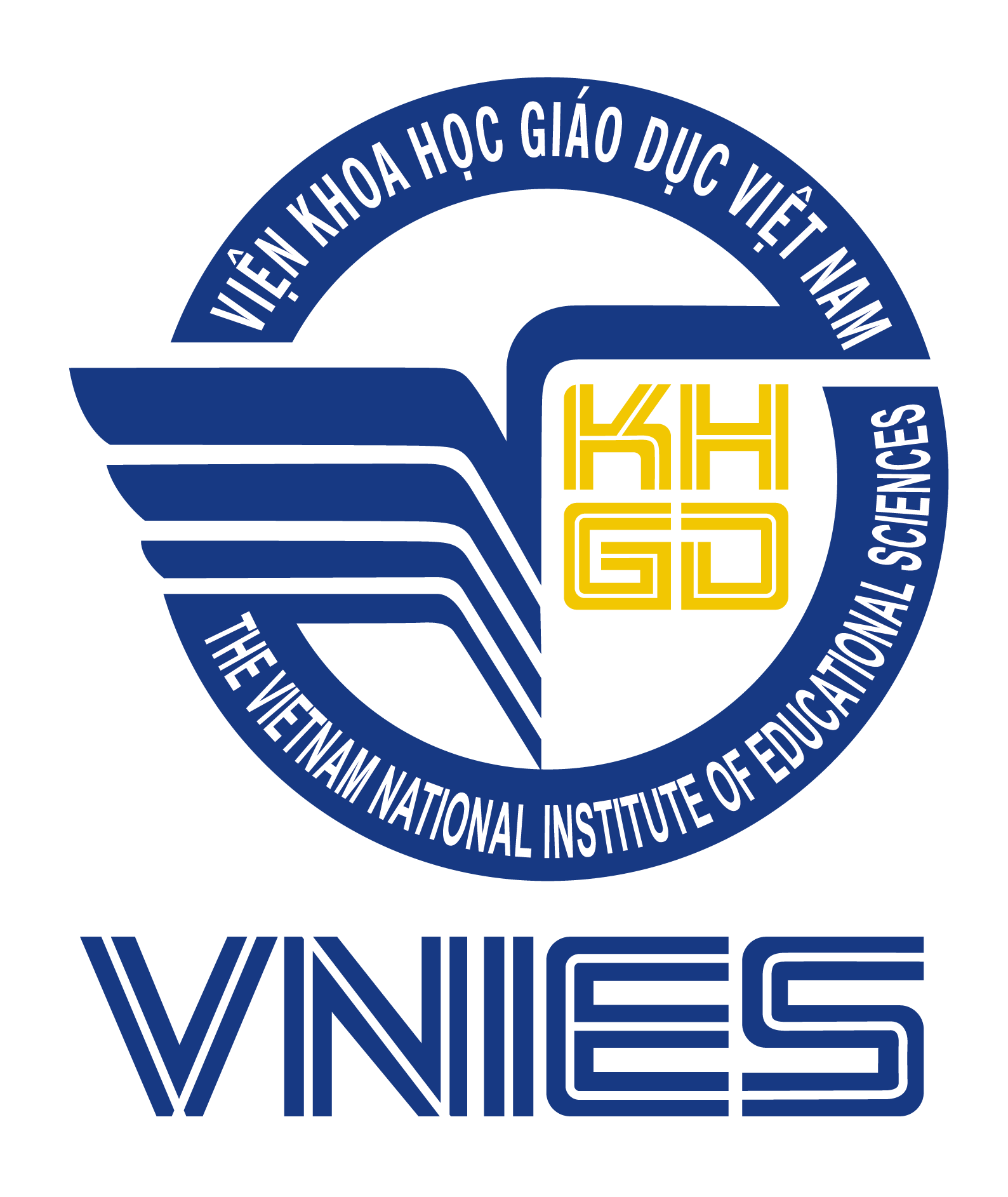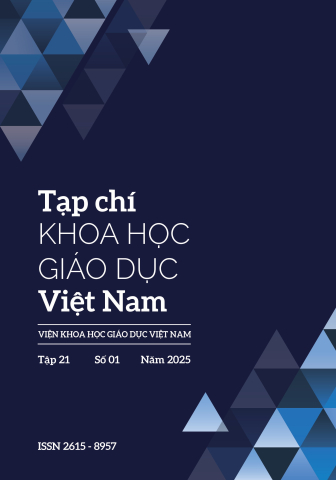[1] Bergmann, J., & Sams, A. (2012). Flip your classroom: Reach every student in every class every day. International Society for Technology in Education and Association for Supervision and Curriculum Development.
[2] Bộ Giáo dục và Đào tạo. (2018a). Chương trình Giáo dục phổ thông tổng thể (Ban hành kèm theo Thông tư số 32/2018/TT-BGDĐT của Bộ trưởng Bộ Giáo dục và Đào tạo).
[3] Bộ Giáo dục và Đào tạo. (2018b). Chương trình Giáo dục phổ thông môn Toán (Ban hành kèm theo Thông tư số 32/2018/TT-BGDĐT của Bộ trưởng Bộ Giáo dục và Đào tạo).
[4] Bộ Giáo dục và Đào tạo. (2025). Khung năng lực số cho người học (Ban hành kèm theo Thông tư số 02/2025/TT-BGDĐT ngày 24 tháng 1 năm 2025 của Bộ trưởng Bộ Giáo dục và Đào tạo).
[5] Đặng Thị Phương. (2024). Phát triển năng lực số cho học sinh trung học qua môn Lịch sử và Địa lí. Tạp chí Khoa học Giáo dục Việt Nam, 20(S2), 106–112
[6] Đặng Thị Thu Huệ. (2024). Xây dựng kế hoạch dạy học môn toán theo định hướng phát triển năng lực số cho học sinh trung học cơ sở thông qua giáo dục STEM. Tạp chí Khoa học Giáo dục Việt Nam, 20(12), 36.
[7] Đặng Thị Phương (Chủ nhiệm). (2023 - 2025). Phát triển năng lực số cho học sinh trung học cơ sở, mã số B2023-VKG-26.
[8] European Parliament and the Council. (2006, December 18). Recommendation of the European Parliament and of the Council of 18 December 2006 on key competences for lifelong learning. Official Journal of the European Union, L394/310. https://eur-lex.europa.eu/legal-content/EN/ TXT/?uri=CELEX%3A32006H0962
[9] Gilster, P., & Glister, P. (1997). Digital literacy. Wiley Computer Pub.
[10] Ginsburg, H. P., & Pappas, S. (2013). Mathematics and the young child. Pearson Education.
[11] Johnson, D. W., & Johnson, R. T. (1975). Learning together and alone: Cooperative, competitive, and individualistic learning. Prentice-Hall Press
[12] Kapp, K. M. (2012). The gamification of learning and instruction: Game-based methods and strategies for training and education. Pfeiffer.
[13] Larson, M. (2019, February 11). Do we have to integrate technology in the math classroom? Houghton Mifflin Harcourt
[14] Law, N., et al. (2018). A global framework of reference on digital literacy skills for indicator 4.4.2 (p. 6). United Nations Educational, Scientific and Cultural Organization (UNESCO).
[15] Mayer, R. E. (2005). The cognitive psychology of multimedia learning. Cambridge University Press.


